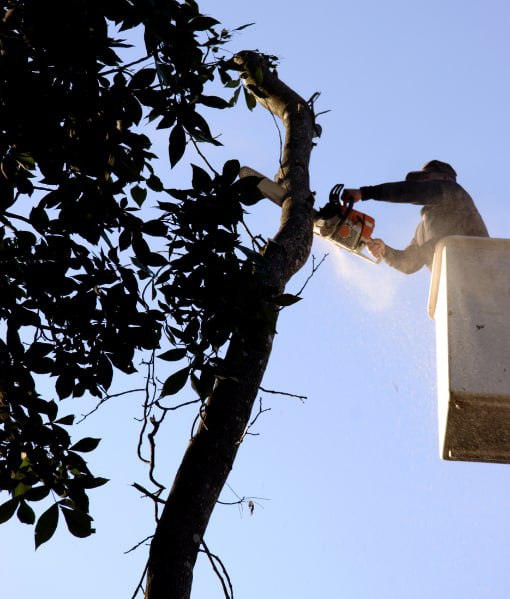
Introduction: Hedge cutting is an essential aspect of garden maintenance, but many people don’t realise that the trimmings from hedge cutting can be repurposed into valuable resources for your garden. Instead of discarding hedge trimmings, consider harnessing their potential by turning them into nutrient-rich mulch and compost. In this blog post, Sevenoaks Tree Surgeons explores the benefits of utilising hedge trimmings for mulch and compost and shares tips for transforming them into garden gold.
The Benefits of Mulch:
- Mulch is a protective layer over the soil, helping retain moisture, suppress weeds, and regulate soil temperature. Using hedge trimmings as mulch can reduce water evaporation, minimise weed growth, and provide a natural source of nutrients to your plants as the trimmings break down over time. Additionally, mulch derived from hedge trimmings adds organic matter to the soil, improving its structure and fertility.
Creating Mulch from Hedge Trimmings:
- To create mulch from hedge trimmings, begin by shredding or chipping the trimmings into smaller pieces using a garden shredder or chipper. Spread the shredded trimmings evenly over the soil surface around your plants, leaving a gap between the mulch and the base to prevent moisture-related issues. As the hedge trimmings decompose, they will gradually release nutrients into the soil, enriching it and promoting healthy plant growth.
Harnessing the Power of Compost:
- Composting is a natural process that transforms organic waste into nutrient-rich soil 9amendments. Hedge trimmings are an excellent addition to the compost pile, providing a source of carbon-rich “browns” that balance out nitrogen-rich “greens” such as kitchen scraps and grass clippings. When mixed with other organic materials and allowed to decompose, hedge trimmings break down into a dark, crumbly compost that enriches the soil and promotes microbial activity.
Composting Hedge Trimmings:
- Layer hedge trimmings with other organic materials, such as kitchen waste, grass clippings, and fallen leaves, in a compost bin or pile. Aim for a balanced mix of greens and browns, ensuring the pile remains aerated and moist to encourage decomposition. Turn the compost regularly to speed up the process and promote even decomposition. Within a few months, your hedge trimmings will transform into nutrient-rich compost that can be used to feed your plants and improve soil health.
Tips for Success:
- When using hedge trimmings for mulch and compost, following a few guidelines is essential to ensure success. Avoid trimmings from diseased plants or those treated with pesticides, as these can introduce harmful pathogens or chemicals into your garden. Additionally, be mindful of the size of the trimmings, as larger pieces may take longer to decompose. Finally, layer the trimmings evenly and maintain proper moisture levels to promote efficient decomposition and prevent odours or pests.
Conclusion: Hedge trimmings may seem like garden waste, but with a little creativity and effort, they can be transformed into valuable resources for your garden. By using hedge trimmings for mulch and compost, you can enrich your soil, conserve water, and reduce waste, all while promoting a healthy and vibrant garden ecosystem.
Call us on: 01732 443299
Click here to find out more about Sevenoaks Tree Surgeons
Click here to complete our contact form and see how we can help with your tree’s needs.